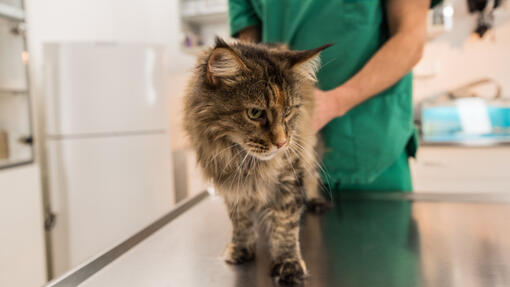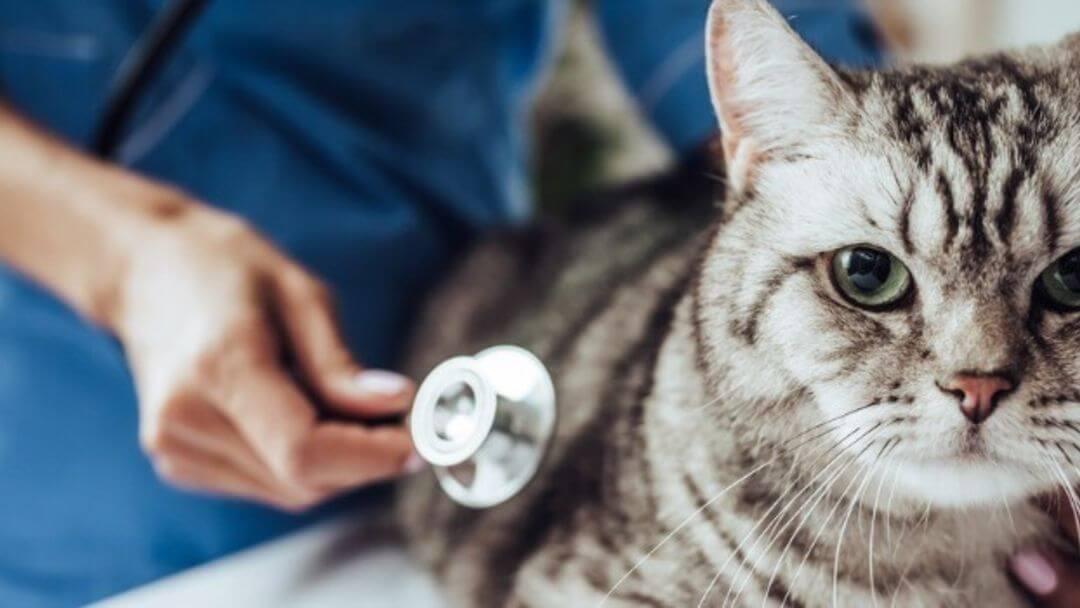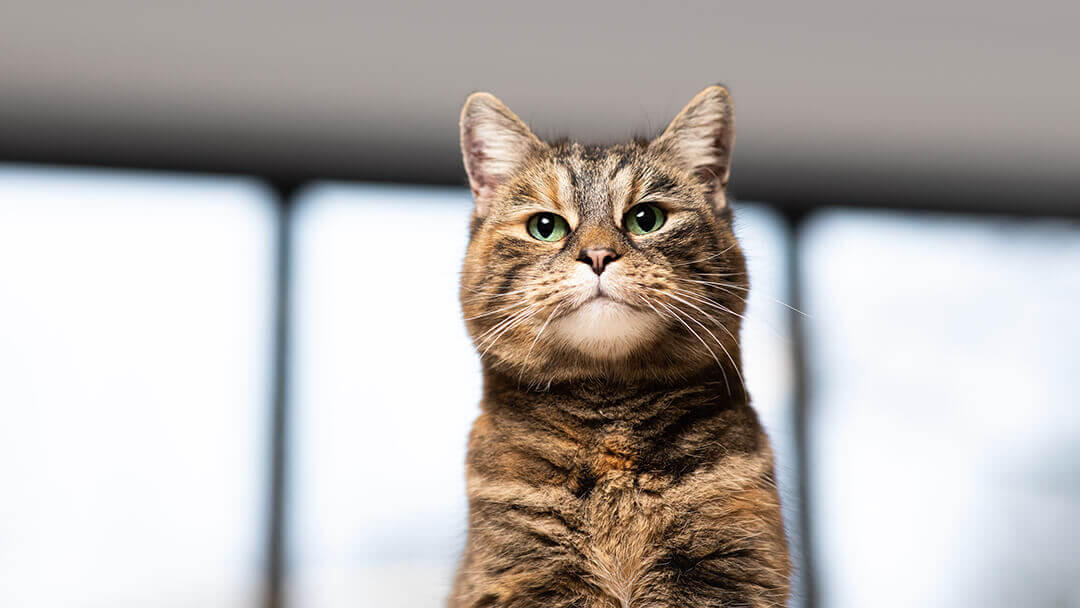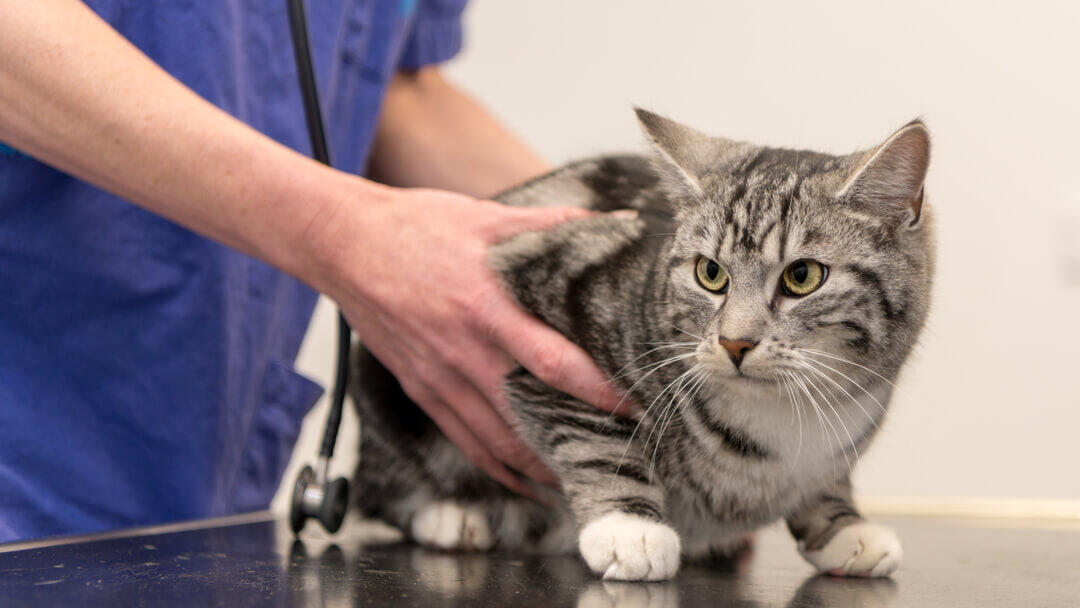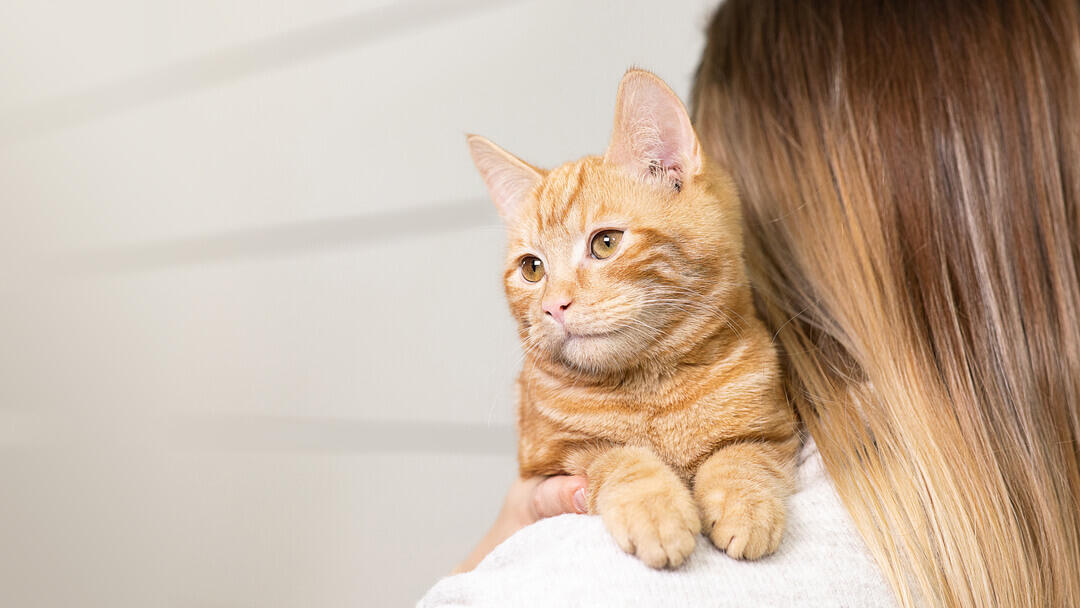


If you’ve had a diagnosis of lymphoma in your cat, we have put together this information to help. Feline lymphoma is the most common of all cat cancers and unfortunately, it isn’t completely curable. The disease varies greatly with some cats managing to live with it for a number of years and for others it’s rapidly progressive and ultimately fatal. Find out all you need to know about lymphoma in cats, including what it is, the causes and the treatment options currently available.
What is lymphoma in cats?
Feline lymphoma is cancer of the lymphocytes which are specific white blood cells responsible for the production of antibodies to fight infection and disease. The disease can appear almost anywhere as lymphocytes can be found throughout the body which is why it’s referred to as being ‘systemic’ rather than ‘localised’.
Most common types of feline lymphoma
As lymphocytes can travel all around the body, it can occur anywhere, but the most common types are as follows:
- Multicentric: originates in the lymph nodes.
- Intestinal: affects the gastrointestinal tract, this is the most common type, more likely in senior cats.
- Mediastinal: affects the lymphoid organs in the chest, most often seen in young cats.
- Renal: affects the kidneys as healthy kidney cells get replaced by cancerous cells.
High-grade and low-grade lymphoma
It’s also important to note that lymphoma in cats is classed in two different ways based on how progressive it is. If your cat’s lymphoma is high grade this means that many of the cells are immature and dividing quickly, making it very fast spreading and usually, quite unresponsive to treatment. Low grade on the other hand is where the cells divide slowly, which means it usually responds better to treatment options.
Causes of feline lymphoma
The cause of lymphoma in cats is currently unknown, however there has been evidence of a greater risk: to cats that have Feline Leukaemia Virus (FeLV) and Feline Immunodeficiency Virus (FIV). Additional research: has also suggested a link between second-hand tobacco smoke and lymphoma.
Symptoms of feline lymphoma
Feline lymphoma can affect a number of different organs and there are a number of different types:
Intestinal lymphoma symptoms:
- Weight loss.
- Vomiting.
- Diarrhoea.
- Changes in appetite.
Mediastinal lymphoma symptoms:
- Respiratory issues including a persistent cough and difficulty breathing.
Renal lymphoma symptoms include signs of kidney failure such as:
- Weight loss.
- Decreased appetite.
- Increased thirst and urination.
- Vomiting.
Multicentric lymphoma symptoms:
- Swollen lymph nodes.
- Depression.
- Bear in mind that the feline lymphoma symptoms listed above are also indicators of a wealth of other diseases, so it’s imperative that you go to your vets ASAP for an accurate diagnosis.
Diagnosing feline lymphoma
As the symptoms of feline lymphoma can be so broad, it’s likely that a series of tests and observations will be required, starting with a physical exam. This initial exam will check for swollen lymph nodes or swelling of the gastrointestinal tract. It’s expected that diagnostic imaging will need to be carried out such as an x-ray or an ultrasound to search for evidence of tumours or organ swelling.
Sometimes tests may be carried out for FeLV and FIV too because as mentioned previously, these can increase the likelihood of cats having certain types of lymphoma. Surgical biopsies may be required to conclusively confirm the diagnosis of lymphoma.
Treating feline lymphoma
Sadly, lymphoma in cats isn’t curable, but treatment can extend your cat’s life and make them more comfortable, depending on what grade and type it is. The best possible outcome is remission, which means that the cancer signs have temporarily gone, but this doesn’t mean that they’re cured and there’s a risk it may come back.
If your cat is diagnosed with high-grade lymphoma, chemotherapy drugs will likely be administered and during this course, their white and red blood cells will be carefully monitored (as well as other blood parameters). As this type is very progressive, response rate is very low and the average survival time once diagnosed is 2-4 months. Sometimes, if the lymphoma is localised, which is not very likely, surgery or radiation may be used as a treatment.
Low-grade lymphoma is the more responsive of the two types and a different selection of chemotherapy drugs will be given to treat it. The response rate for this type is 85-90% and the survival time is much higher, often around 2-3 years after diagnosis.
At Purina, we know that as a pet owner, cancer is never the word you want to hear associated with your pet but unfortunately, it does affect them too. A speedy diagnosis is imperative to ensure your pet gets the help they need, so if you notice any worrying symptoms, schedule an appointment with your vet straight away.
If your pet has had a diagnosis of lymphoma, or if you think this may be a possibility, you may find it helpful to read our bereavement and end of life care information.

Recommended by Pro Plan:
Related articles:




